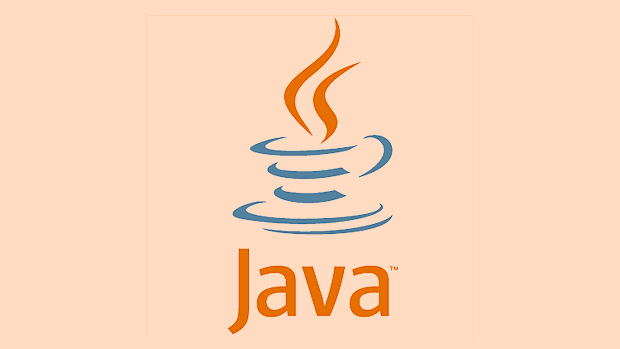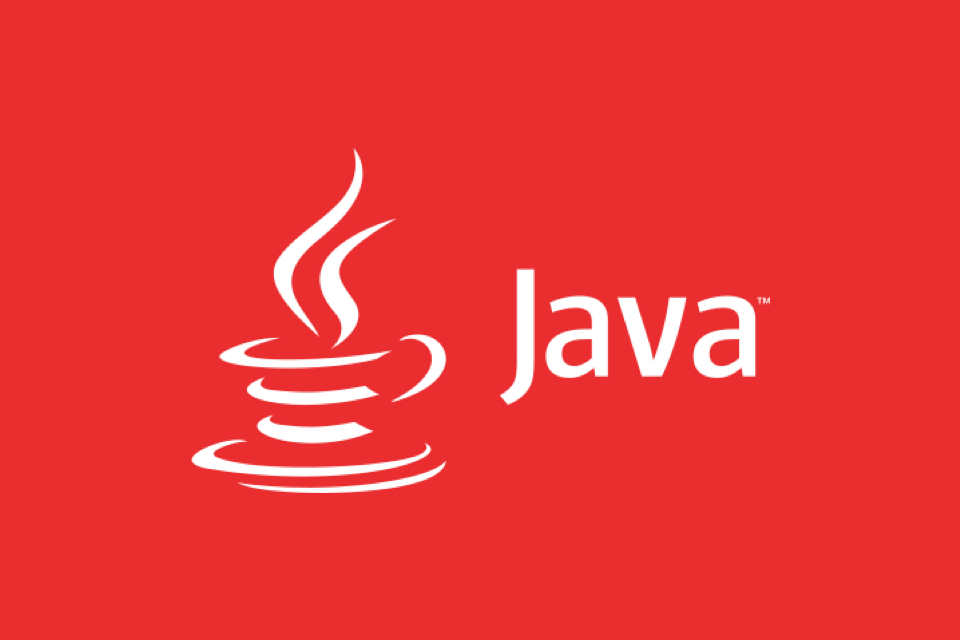Java annotations have a wide range of functions, providing both metadata and affecting tool behavior. Annotations are additional information of the code that is read by the compiler or framework, such as @Override, @Deprecated, etc. Its uses include code analysis, framework configuration (such as Spring's @Component), code generation (such as Lombok), and runtime processing (such as Spring's @GetMapping). To define custom annotations, you need to use @interface to declare elements and use them with the processor. The annotation life cycle is controlled by @Retention and is divided into three levels: SOURCE, CLASS, and RUNTIME. The action target is defined by @Target, such as ElementType.METHOD restriction for methods. Rationally using annotations can improve code simplicity and framework efficiency.

The role and usage of Java annotations in code are actually much wider than many people think. It's not just adding a few @Override or @Deprecated, but it runs through everything from code structure to framework behavior.

What are Java annotations?
Java annotations are essentially metadata that provide additional information to the code. This information will not directly affect the execution logic of the program, but can be read by the compiler, tool or runtime and processed accordingly.

For example, the most common annotations:
-
@Override: means that the current method is a method that overrides the parent class. -
@Deprecated: Marking a method or class is outdated and is not recommended. -
@SuppressWarnings: Suppress some compiler warnings.
These annotations do not do any "operation" themselves, but their existence will change the behavior of the tool, for example, the IDE will give a prompt when you call a method marked by @Deprecated .

What are the common uses of annotations?
Java annotations are important because they allow developers to express intentions in a more concise way, and many modern frameworks rely on annotations to achieve automatic configuration and behavioral binding.
Common usage scenarios include:
- Code analysis and verification : For example, the Lint tool uses annotations to check null values, resource types, etc.
- Framework-driven development : Spring uses annotations such as
@Componentand@RestControllerto automatically register beans; JUnit uses@Testto identify test methods. - Generate code : Library such as Dagger and Lombok will automatically generate code based on annotations during the compilation stage.
- Runtime processing : In combination with the reflection mechanism, annotation content can be read and specific logic can be executed at runtime.
If you have written Spring Boot interface, you know that adding @GetMapping can directly map the URL. Behind this is the framework reading annotations to complete the routing registration.
How to define and use custom annotations?
In addition to using built-in annotations, Java allows us to customize annotations. Although it looks a bit "high-end", it is not difficult to use.
The basic steps to define an annotation:
public @interface MyAnnotation {
String value() default "default";
int count() default 1;
}Then you can use it like this:
@MyAnnotation("hello")
public void doSomething() { ... }Or specify multiple parameters:
@MyAnnotation(value = "custom", count = 5)
Note:
- Annotation elements cannot have method bodies, they can only declare default values.
- Annotations need to be used with the processor to make sense, such as reading through reflection.
If you have done Android development, you may have seen ButterKnife or similar view binding libraries. Early versions of them relied on custom annotation and annotation processors to generate binding code.
The life cycle and function objectives of annotation
Not all annotations can be accessed at runtime, depending on its @Retention policy.
-
RetentionPolicy.SOURCE: Only exists in the source code and is discarded at compile time (suitable for code analysis tools). -
RetentionPolicy.CLASS: Retained in the class file, but the JVM does not load (suitable for compilation-time processing). -
RetentionPolicy.RUNTIME: Retained until runtime, can be read by reflection (suitable for dynamic behavior control).
At the same time, annotations can also limit the scope of use, such as only annotation of classes, methods, or fields, etc., which is controlled by @Target .
For example, if you want to make annotation that can only be used on methods:
@Target(ElementType.METHOD)
@Retention(RetentionPolicy.RUNTIME)
public @interface LogExecution {}This way it cannot be added to classes or variables.
Basically that's it. Annotations are not magic, but it does change the way we write code, especially in large projects and frameworks, understanding and using annotations will make you more effective with half the effort.
The above is the detailed content of The Role and Usage of Java Annotations in Code. For more information, please follow other related articles on the PHP Chinese website!

Hot AI Tools

Undress AI Tool
Undress images for free

Undresser.AI Undress
AI-powered app for creating realistic nude photos

AI Clothes Remover
Online AI tool for removing clothes from photos.

Clothoff.io
AI clothes remover

Video Face Swap
Swap faces in any video effortlessly with our completely free AI face swap tool!

Hot Article

Hot Tools

Notepad++7.3.1
Easy-to-use and free code editor

SublimeText3 Chinese version
Chinese version, very easy to use

Zend Studio 13.0.1
Powerful PHP integrated development environment

Dreamweaver CS6
Visual web development tools

SublimeText3 Mac version
God-level code editing software (SublimeText3)

Hot Topics
 Difference between HashMap and Hashtable?
Jun 24, 2025 pm 09:41 PM
Difference between HashMap and Hashtable?
Jun 24, 2025 pm 09:41 PM
The difference between HashMap and Hashtable is mainly reflected in thread safety, null value support and performance. 1. In terms of thread safety, Hashtable is thread-safe, and its methods are mostly synchronous methods, while HashMap does not perform synchronization processing, which is not thread-safe; 2. In terms of null value support, HashMap allows one null key and multiple null values, while Hashtable does not allow null keys or values, otherwise a NullPointerException will be thrown; 3. In terms of performance, HashMap is more efficient because there is no synchronization mechanism, and Hashtable has a low locking performance for each operation. It is recommended to use ConcurrentHashMap instead.
 Why do we need wrapper classes?
Jun 28, 2025 am 01:01 AM
Why do we need wrapper classes?
Jun 28, 2025 am 01:01 AM
Java uses wrapper classes because basic data types cannot directly participate in object-oriented operations, and object forms are often required in actual needs; 1. Collection classes can only store objects, such as Lists use automatic boxing to store numerical values; 2. Generics do not support basic types, and packaging classes must be used as type parameters; 3. Packaging classes can represent null values ??to distinguish unset or missing data; 4. Packaging classes provide practical methods such as string conversion to facilitate data parsing and processing, so in scenarios where these characteristics are needed, packaging classes are indispensable.
 What are static methods in interfaces?
Jun 24, 2025 pm 10:57 PM
What are static methods in interfaces?
Jun 24, 2025 pm 10:57 PM
StaticmethodsininterfaceswereintroducedinJava8toallowutilityfunctionswithintheinterfaceitself.BeforeJava8,suchfunctionsrequiredseparatehelperclasses,leadingtodisorganizedcode.Now,staticmethodsprovidethreekeybenefits:1)theyenableutilitymethodsdirectly
 How does JIT compiler optimize code?
Jun 24, 2025 pm 10:45 PM
How does JIT compiler optimize code?
Jun 24, 2025 pm 10:45 PM
The JIT compiler optimizes code through four methods: method inline, hot spot detection and compilation, type speculation and devirtualization, and redundant operation elimination. 1. Method inline reduces call overhead and inserts frequently called small methods directly into the call; 2. Hot spot detection and high-frequency code execution and centrally optimize it to save resources; 3. Type speculation collects runtime type information to achieve devirtualization calls, improving efficiency; 4. Redundant operations eliminate useless calculations and inspections based on operational data deletion, enhancing performance.
 What is an instance initializer block?
Jun 25, 2025 pm 12:21 PM
What is an instance initializer block?
Jun 25, 2025 pm 12:21 PM
Instance initialization blocks are used in Java to run initialization logic when creating objects, which are executed before the constructor. It is suitable for scenarios where multiple constructors share initialization code, complex field initialization, or anonymous class initialization scenarios. Unlike static initialization blocks, it is executed every time it is instantiated, while static initialization blocks only run once when the class is loaded.
 What is the `final` keyword for variables?
Jun 24, 2025 pm 07:29 PM
What is the `final` keyword for variables?
Jun 24, 2025 pm 07:29 PM
InJava,thefinalkeywordpreventsavariable’svaluefrombeingchangedafterassignment,butitsbehaviordiffersforprimitivesandobjectreferences.Forprimitivevariables,finalmakesthevalueconstant,asinfinalintMAX_SPEED=100;wherereassignmentcausesanerror.Forobjectref
 What is the Factory pattern?
Jun 24, 2025 pm 11:29 PM
What is the Factory pattern?
Jun 24, 2025 pm 11:29 PM
Factory mode is used to encapsulate object creation logic, making the code more flexible, easy to maintain, and loosely coupled. The core answer is: by centrally managing object creation logic, hiding implementation details, and supporting the creation of multiple related objects. The specific description is as follows: the factory mode handes object creation to a special factory class or method for processing, avoiding the use of newClass() directly; it is suitable for scenarios where multiple types of related objects are created, creation logic may change, and implementation details need to be hidden; for example, in the payment processor, Stripe, PayPal and other instances are created through factories; its implementation includes the object returned by the factory class based on input parameters, and all objects realize a common interface; common variants include simple factories, factory methods and abstract factories, which are suitable for different complexities.
 What is type casting?
Jun 24, 2025 pm 11:09 PM
What is type casting?
Jun 24, 2025 pm 11:09 PM
There are two types of conversion: implicit and explicit. 1. Implicit conversion occurs automatically, such as converting int to double; 2. Explicit conversion requires manual operation, such as using (int)myDouble. A case where type conversion is required includes processing user input, mathematical operations, or passing different types of values ??between functions. Issues that need to be noted are: turning floating-point numbers into integers will truncate the fractional part, turning large types into small types may lead to data loss, and some languages ??do not allow direct conversion of specific types. A proper understanding of language conversion rules helps avoid errors.






